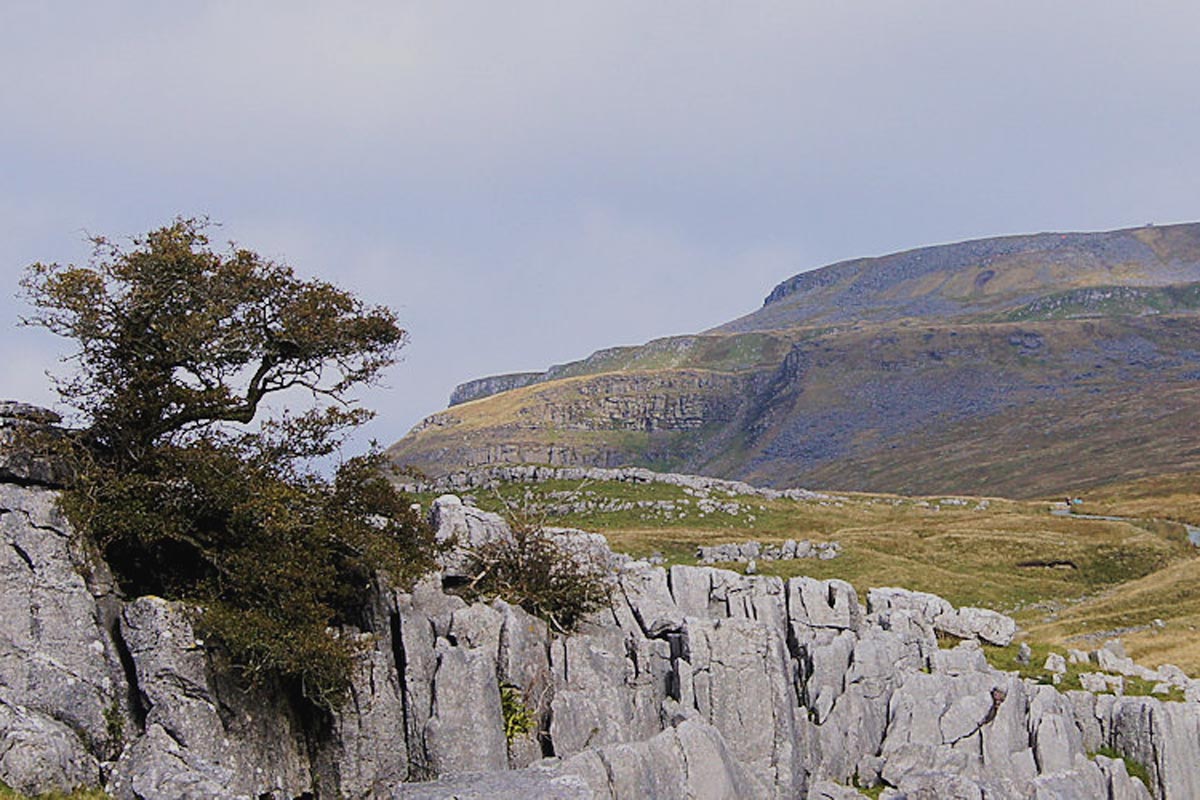In the Russian Far East, a rare subspecies of leopard adapted to life in temperate forests surrounding the Amur River. Winter temperatures can drop to an icy -33°C. In the summer, temperatures of up to 18°C offer a far more comfortable climate to the Amur Leopard.

The Wildlife Heritage Foundation is a charity for the conservation of the world’s endangered cats. Their sanctuary in Kent houses over 40 small and large cats, including 3 Amur Leopards participating in the European Endangered Species Breeding Programme.
To survive the very cold winters the Amur Leopard has adapted by growing a 7.5cm thick winter coat that the leopard sheds in the summer. However, this marvellous coat has often been the target of poachers.
Unfortunately, pressure on their habit from logging, encroaching human settlement and infrastructure and in particular loss of their prey has seen their numbers fall to only about 50 left in the wild.
The Amur Leopard is a solitary animal. Nimble-footed and strong, it carries and hides unfinished kills from other predators often carrying prey heavier than its own body weight into trees. The Amur Leopard can run at speeds of 37 miles per hour and has been reported to leap more than 19 feet horizontally and 10 feet vertically!
The Amur Leopard stands out from other leopards with a coat of larger rosettes and a paler orange offering more camouflage in winter snow.

The Amur Region
The Amur River runs from Mongolia to the Pacific Sea. Starting at its most Northerly point the river forms the border between Russia and China. The Amur Leopard is found mostly in Russia’s Far East Region close to sea in an area about 5000 sq km.
The Amur region is not densely populated by humans but it’s an area of full of natural resource. Plentiful minerals for mining, many rivers powering hydro power stations, and logging mean not only are roads and human infrastructure eating into the leopard’s natural habitat, but they are also potentially lethal to the leopards.
Natural forest fires in the region can occur decimating the Leopard’s habitat.
Agriculture and villages surround the forests where the Leopards live. As a result the forests are relatively accessible to humans, making poaching a problem. Not only for the Leopards, but also for important prey species hunted by the villagers. In retribution for livestock losses, villagers blame the Leopards and often kill them.
However, the main threat to Amur Leopards is the lack of prey. While the poaching of the Leopard is managed, there are no restrictions on the poaching of the Leopard’s prey. As a result the areas currently inhabited by the Leopard can only support a small population.
In the wild, most cats are very opportunistic hunters. Very few have a specific diet but the main prey for the Amur Leopard are deer species such as Red, Roe, Sika, Musk and smaller prey such as hares and badgers. Leopards hunt at night, silently watching their prey waiting for the opportune moment to strike. In the depths of winter when hunting is most difficult and the larger prey are scarce, these Leopards will take smaller mammals, birds and even in some cases insects.
Unfortunately, it has been reported the Canine Distemper Virus has been found in Amur Leopards in the Russian Far East. This virus at one stage decimated the population of lions in the Serengeti and another risk to an already worryingly low number of these beautiful Leopards.
Leopards are not the only predator in the region around the Amur River. Amur Tigers (more commonly known as the Siberian Tiger) are the top predator in this region and have been known to kill leopards, wolves and in some case bears in competition for the short food supply. Generally leopards will avoid areas populated by tigers. This is not necessarily always possible in the Amur region as increasing human activity eats away at the size of their natural territories.
Amur Tigers and Leopards share similar prey, but Amur Tigers can survive further North due to their larger size, ability to cope with colder weather and hunt in deeper snow. As a result the Tigers seem to be faring better in the region, their population of 540 thought to be stable.
While Russia has introduced protection for its wildlife and natural habitats, sadly in China poaching for traditional medicines still occurs. Additionally, China has few regulations when it comes to poaching prey and without this prey the Leopards and Tigers cannot survive. In particular, Amur Tigers are known to also stray into China and efforts are being put into place to protect the prey base along the Russian-Chinese border.
Amur Leopard's numbers have fallen to only about 50 left in the wild
Breeding
Amur Leopards are known to have the lowest genetic diversity of any leopard subspecies. To maintain a healthy genetic diversity, a large number of animals should contribute to a population and to prevent inbreeding. This is a major risk to the small population of Amur Leopard left in the wild.
There are about 200 Amur Leopards in breeding programs in captivity worldwide. New offspring born in captivity are moved around the world to breed and encourage diversity in the species.
Females can breed when they are 2-3 years old producing up to 4 cubs, however the average litter is just two cubs. Gestation is not particularly long at around three months. There is evidence of the leopards being seasonal breeders as the birth rate appears to increase late spring/early summer.
The female will keep surviving cubs with her for around two years until they are independent and she will not breed again during this time. It has been reported that some males stay with females after mating, and may even help with rearing the young.
Amur Leopards live for 10-15 years in the wild, and in captivity up to 20 years.
In the last 10 years there’s been an increase from approximately 25-30 wild Amur Leopards to around 50. According to the International Union for the Conservation of Nature (IUCN) it would appear that currently the population is decreasing but this maybe normal population fluctuation. There are still large ranges of forest in the natural range which, if protected from unsustainable logging, forest fires and poaching are capable of sustaining leopards.
Conservation
The Amur Leopard reintroduction is planned in part of their natural historic range in Russia to a reserve called Lazovsky Nature Reserve. Here, there is sufficient prey to support a population of Amur leopards with protection from the Russian Government.
A hard release program releases animals straight into the wild without active human support. The Amur Leopards will be released as part of a soft release program, where offspring of zoo cats will be reared by vets in their new habitat to develop hunting skills. This soft release method allows the leopards opportunities to build resilience to diseases native to Russia which they may not have had contact with in their region of captive birth.
This is probably the only reintroduction of zoo bred animals to the wild, but it’s a necessity due to the low numbers existing in the wild.
There are still large tracts of suitable habitat left across the Amur in Russia and China. In China the prey base is insufficient to sustain large populations of leopards and tigers. Prey populations will recover if measures are taken to limit the poaching of prey species and the forests are managed for logging more sustainably.
For the Amur Leopard to survive in the long term, it needs to repopulate its former range. But for that to happen, like many of the world’s problems the human species needs to be more generous in sharing the planet with beautiful animals like the Amur Leopard.
Amur leopards at WHF
There are currently three Amur Leopards at WHF, Artur, Xizi and Hogar. Artur arrived at WHF in 2004 aged two. Xizi was born in 2005 at Helsinki zoo in Finland and came to WHF in 2007. In 2008 Artur and Xizi had two male cubs, Argun and Anuy!
Argun was at WHF until July 2013 when he went off to the Rutlands Birds of Prey Centre where he will remain until he is given a destination as a part of the breeding programme. WHF anticipate this will be to Minnesota but are currently awaiting confirmation and a date.
Argun’s twin Anuy went to a home in Hiroshima in Japan as part of the breeding programme.
Hogar arrived at WHF in July 2011 aged 4 from Olomouc zoo in the Czech Republic and is an excellent specimen to be breeding cat. Xizi produced two more cubs in June of 2012 fathered by Hogar, a male named Manchurian and female Zeya.

Zeya was transferred to her new home at Hogle Zoo in Saltlake City, Utah in December 2015. Here it is hoped Zeya will produce cubs to contribute to the global breeding programme. We are still waiting for confirmation of Manchurian’s destination.
With only around 40-50 left in the wild and around 200 left in captivity worldwide, the Amur leopard is the rarest big cat on our planet. Even at this critical level, there is still hope. In conjunction John Lewis of Wildlife Vets International we are working on a breeding programme that will ultimately lead to reintroducing Amur leopards into the wild.
Find out more about the Wildlife Heritage Foundation and their other endangered cats at whf.org.uk



